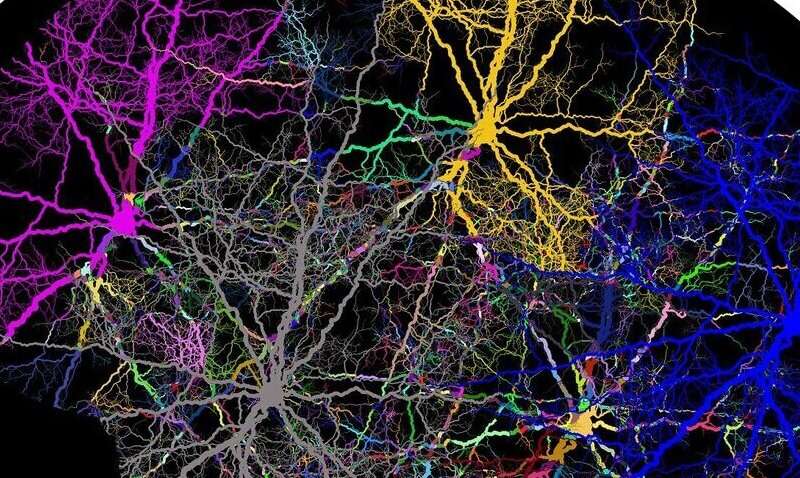
New research from Baylor College of Medicine scientists shows that a combination of deep brain stimulation (DBS) and exercise has potential benefits for treating ataxia, a rare genetic neurodegenerative disease characterized by progressive irreversible problems with movement.
Working with a mouse model of the human condition, researchers at Baylor and the Jan and Dan Duncan Neurological Research Institute at Texas Children’s Hospital discovered that combining DBS targeted to the cerebellum, a major motor center in the brain, and exercise rescued limb coordination and stepping and that the benefits persisted without further stimulation. In addition, the study reports that stimulating mice with early-stage ataxia showed the most dramatic improvements. These and other findings, published in the journal Nature Communications, provide valuable new insights in designing future DBS strategies to treat the human condition.
“People with ataxia usually have progressive problems with movement, including impaired balance and coordination that affect the person’s ability to walk, talk and use fine motor skills. There are limited treatment options for this condition, and patients typically survive 15 to 20 years after symptoms first appear,” said first author Lauren Miterko, a graduate student in Dr. Roy Sillitoe’s lab at Baylor.
DBS currently is used to relieve motor dysfunction in Parkinson’s disease and other movement conditions, but its value in treating ataxia has not been extensively explored. In this study, the researchers worked with Car8, a mouse model of hereditary ataxia to investigate whether adjusting the parameters of DBS and the stimulation target location would help increase the treatment’s efficacy for the condition.
Frequency matters
“We first targeted the cerebellum, because it’s a primary motor center in the brain and this target location for DBS has seen encouraging success for treating motor problems that are associated with other conditions, such as a stroke,” Miterko said. “We systematically targeted the cerebellum with different frequencies of DBS and determined whether there was an optimal frequency that would boost the efficacy of the treatment. When we used a particular frequency, 13 Hz, that was when motor function improved in our Car8 mice.”
DBS plus exercise improved the outcomes
Neurostimulation with DBS improved muscle function and the general mobility of Car8 mice, but the researchers looked for additional ways to improve the condition.
“We know that exercise in general can benefit both muscle and neuronal health, and previous work in Parkinson’s disease and stroke patients mentioned that neuromodulation techniques combined with physical stimulation showed benefits, so we decided to include exercise in our investigation,” Miterko said. “We found that when the animals received DBS during exercise on a treadmill, there were improvements in motor coordination and stepping that we had not observed with DBS alone.”
“In our ataxia model, improvements did not go away after one week of treatment, which has important practical implications for potential clinical applications,” said co-author Dr. Meike E. van der Heijden, postdoctoral associate in the Sillitoe lab. “Also, all young mice with early stage ataxia responded, suggesting that it is possible that early treatment also might provide the biggest benefit for patients in the future.”
The researchers also gained insights into the type of brain cells involved in the process of restoring movement in this ataxia mouse model. They found that Purkinje cell neurotransmission is needed for DBS to be effective. Purkinje cells are a type of neuron located in the cerebellar cortex of the brain. These cells are involved in the regulation of movement, balance and coordination among other functions.
“One of our goals is to further elucidate the role Purkinje cells play in recovering from ataxia,” van der Heijden said.
Source: Read Full Article
